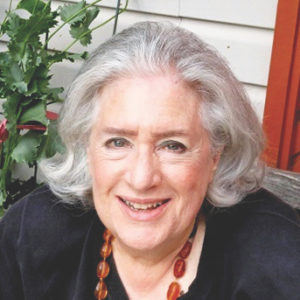The much-anticipated virtual Town Hall meeting focusing on Leaside’s traffic issues took place on February 9th. Sponsored by Councillor Jaye Robinson, well chaired by the manager of the City’s Public Consultation Unit, it had been described by Eric Chan, manager of the Leaside Neighbourhood Transportation Plan, as “a facilitated quick win discussion.” It was an interesting event, and well attended. According to event organizers, there were 180 registrants.
Questions from attendees included such topics as photo radar, effectiveness (or ineffectiveness) of signage versus enforcement, planning for Leaside’s future, as development pressures from both condo and retail pressures increase, and, of course, speeding.
Unfortunately, the virtual format of the meeting did not permit follow-up comments or corrections. While this allowed a larger number of participants to question, it also meant that the answers were not always complete. For instance, background on the controversial past proposal regarding Redway Road, and more information about speed humps (as opposed to speed pads, which are different traffic calming tools) would have been very helpful.
And the quick wins, or quick fixes, as described, are not very quick. As Leaside Life readers know, the Leaside Residents Association has been arguing for visible interim or experimental traffic calming measures to provide relief and greater safety to Leaside streets, soon, while the longer-term Leaside-wide traffic plan is being designed. I’ve had a lengthy conversation with Eric about this, but his reply continues to be that this would be premature.
Phased improvements (in the next year) include advisory, not enforceable, measures such as “Slow Down” lawn signs, “Watch-Your-Speed” signs, and flex posts. Short-term improvements, requiring North York Community Council approval, would have an approximate one-to five-year timeline and could include turn prohibitions, traffic calming and pavement marking. Longer-term improvements could take five to 10 years to implement.
A key reason for these timelines is, Eric’s team state, they require more traffic data. One cannot disagree with the desirability of collecting more current data, but I have to say that, after decades of conducting traffic studies to protect Leaside’s character, I take issue with the claim that “existing data from traffic studies conducted in previous years is outdated.”
We already know that future directional traffic flow will be the same, as now, along with entry/exit points for flow-through traffic, because of major residential and retail pressures. The specific figures may alter, but the patterns will likely continue. We should not have to start from the beginning, especially since our traffic problems remain a major source of concern to Leasiders, and data that have been collected show clear trends consistent with past studies.
There will be other opportunities for public consultation, and we must continue to advocate for real results. The LRA looks forward to working with the City, and for you, as the planning process moves forward.
Our next LRA monthly board meeting is on Wed., March 2nd, at 7:30 p.m., on Zoom. If you’d like to watch or participate, please let us know by that date and we’ll send you the Zoom access details. Visit: www.leasideresidents.ca.


